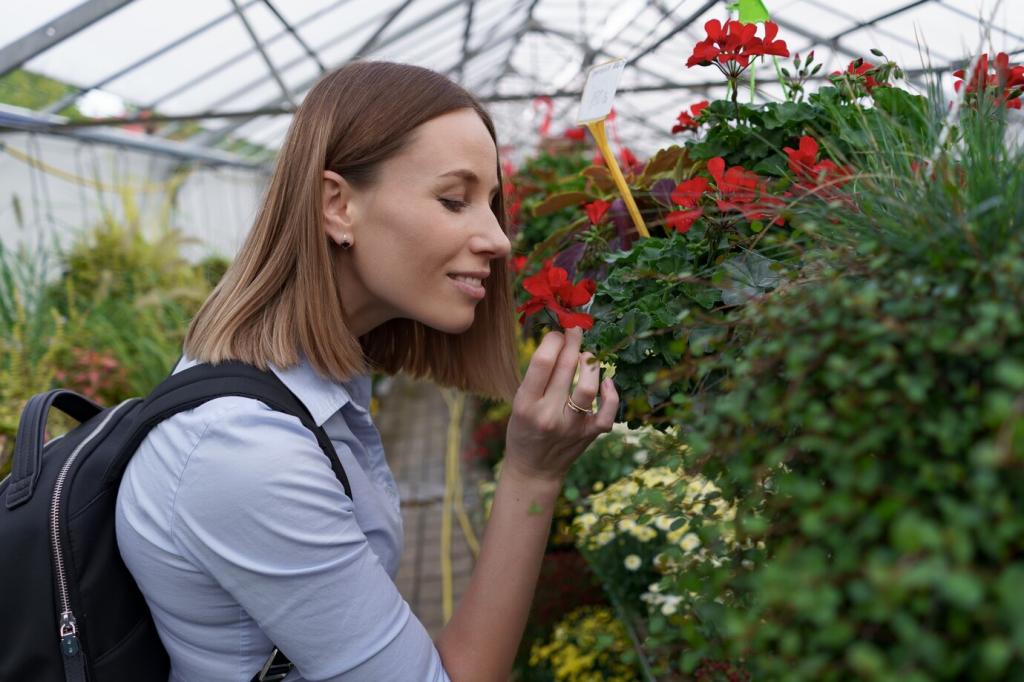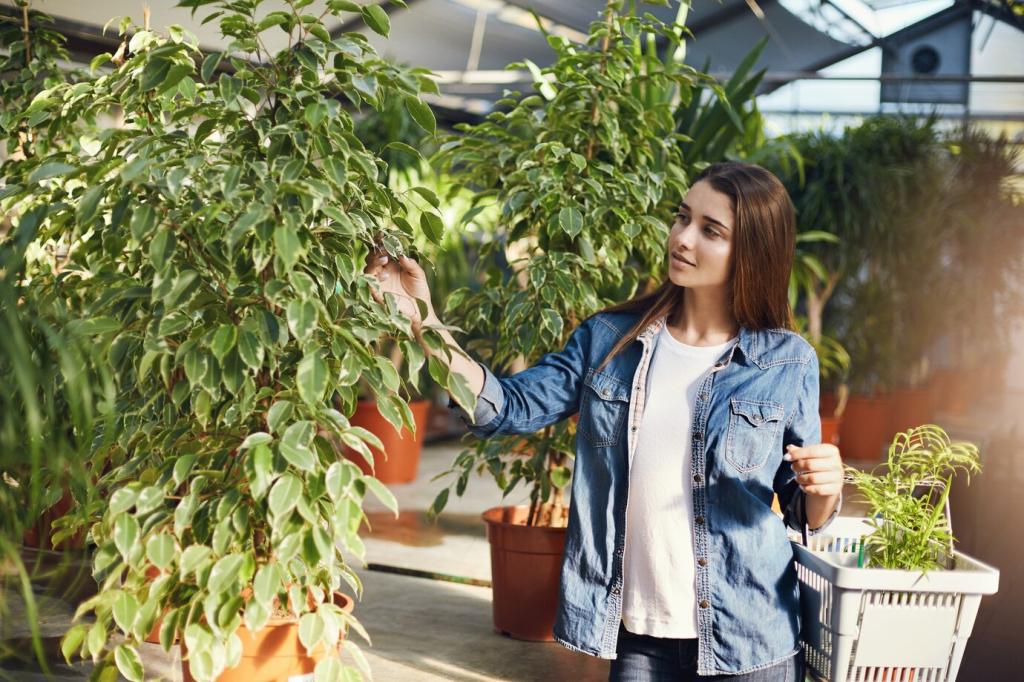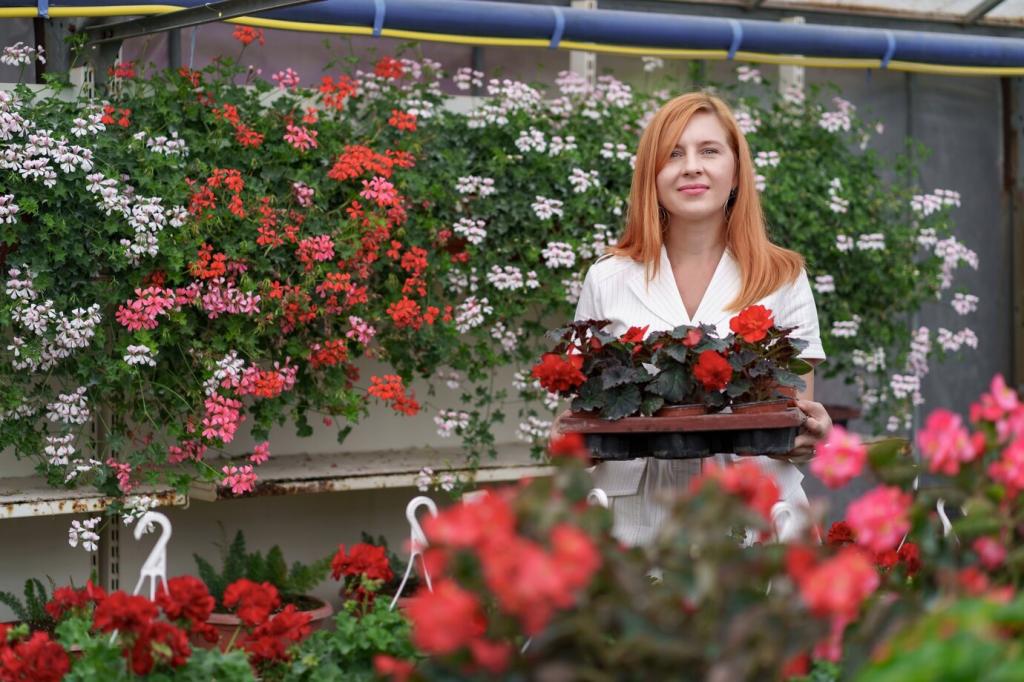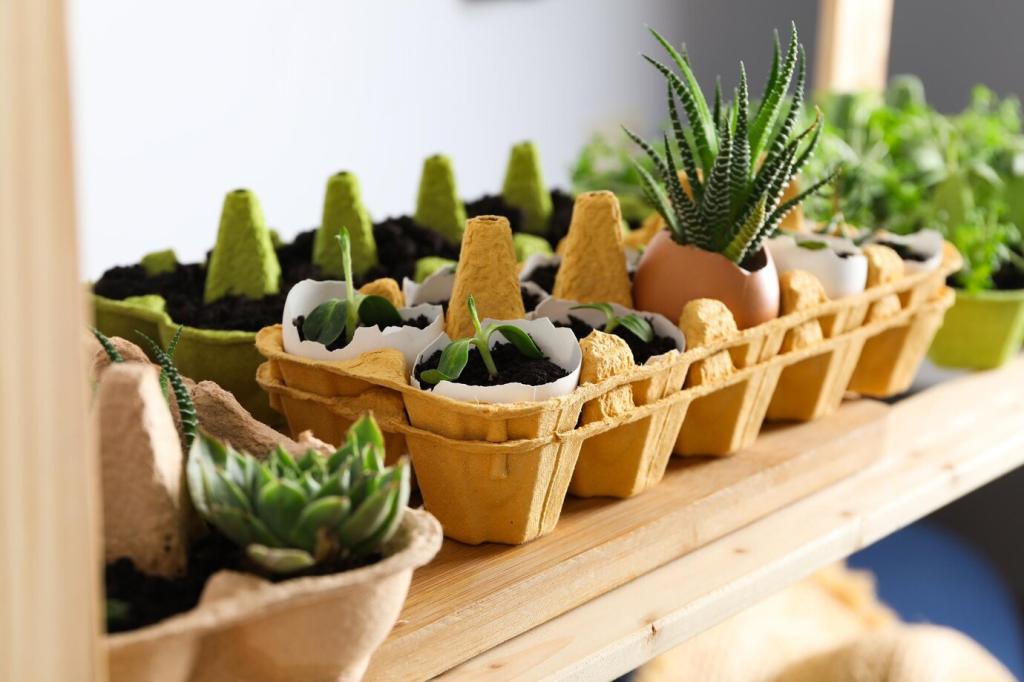
Sustainable Landscaping Techniques: A Greener Yard Starts Here
Chosen theme: Sustainable Landscaping Techniques. Step into a brighter, more resilient outdoor life with practical ideas, real stories, and inviting prompts that help you save water, build soil, support wildlife, and inspire your community—one yard at a time.
Build Living Soil for Resilient Landscapes
Balance browns and greens, keep piles as moist as a wrung-out sponge, and turn weekly for air. My neighbor transformed banana peels and leaves into dark humus that revived a tired herb bed.


Build Living Soil for Resilient Landscapes
A two-to-three-inch layer of wood chips or leaf mold suppresses weeds, stabilizes soil temperature, and slows evaporation. Mulch also feeds fungi that weave soil together. Share your go-to mulch mix in the comments.
Water-Wise Design: From Rain to Roots
Shape shallow basins to catch roof runoff, then plant deep-rooted natives. A friend reduced street flooding on her block after installing a rain garden, while her coneflowers and sedges explode every summer.
Swap sprinklers for drip lines under mulch. Emitters feed roots slowly, minimizing evaporation and leaf disease. Add a smart timer and soil moisture sensor, then report your savings after a month of use.
Choose drought-ready plants in layered textures: salvias, penstemons, manzanitas, and ornamental grasses. Combine seasonal bloomers to attract pollinators. Post your favorite low-water plant combo and why it thrives in your microclimate.



Native Planting for Biodiversity
Match sun, soil, and rainfall patterns. In clay, switch to natives that embrace heavier soils; in sandy beds, pick species that handle drought. Share your region and we’ll suggest starter species.
Native Planting for Biodiversity
Stagger bloom times from early spring to frost. Add host plants for caterpillars and tubular flowers for hummingbirds. My first year adding milkweed doubled monarch sightings along our fence line.
Trade gas blowers for rakes, brooms, and quiet electric gear. Your ears, neighbors, and air quality improve immediately. If you switched to battery tools, comment on runtime and favorite features.
Low-Input, High-Impact Maintenance
Edible Landscapes That Feed and Heal
Underplant apples with comfrey for chop-and-drop mulch, chives for pest confusion, and strawberries as living groundcover. Share photos of your first guild and what surprised you most this season.

Reclaimed and Reimagined
Old bricks, salvaged stone, and repurposed timbers carry stories and save resources. My patio’s mismatched pavers came from three projects, creating a mosaic that guests always ask about.

Permeable Paths and Patios
Gravel grids, open-jointed pavers, and decomposed granite let rain infiltrate. Add edging for stability, then brush in biochar-sand for filtration. Report back after a storm on puddles—or the lack thereof.
Community and Climate Resilience in Your Yard
Invite neighbors to exchange cuttings, divisions, and saved seeds. It’s inexpensive, social, and diversifies local genetics. Post dates for your swap and tag us so others can join.
Trees on the west reduce cooling loads; windbreaks on the north soften winter blasts. A single shade tree can drop patio temperatures dramatically. Tell us your favorite climate-smart species.
Keep defensible zones clear, choose low-resin plants near structures, and trim ladder fuels. In flood-prone areas, reinforce swales and bioswales. Subscribe for our regional checklists tailored to evolving risks.
